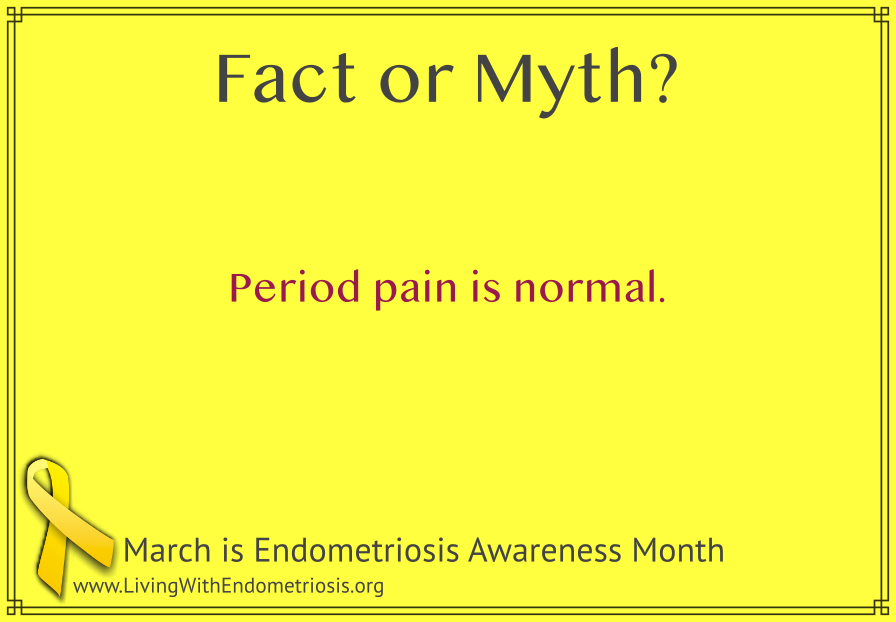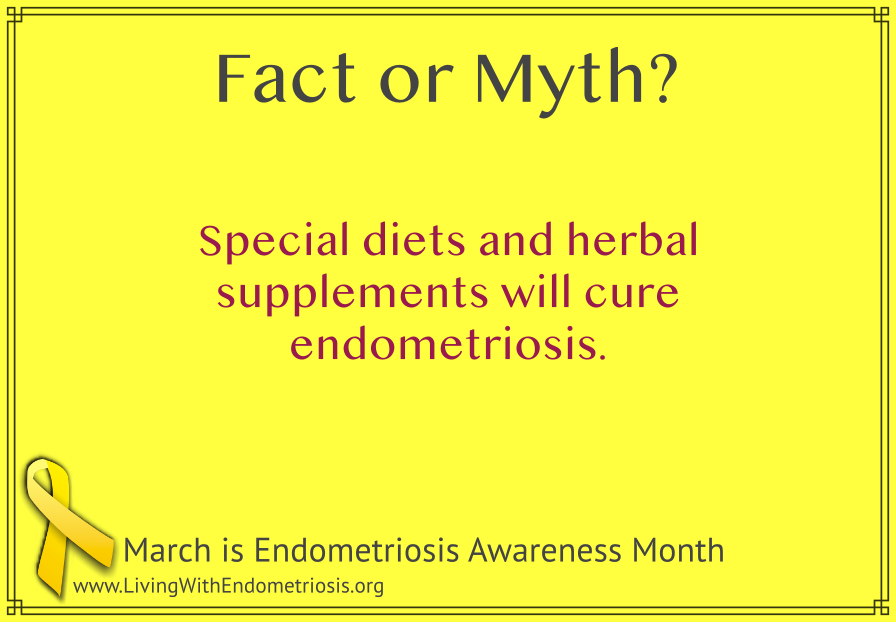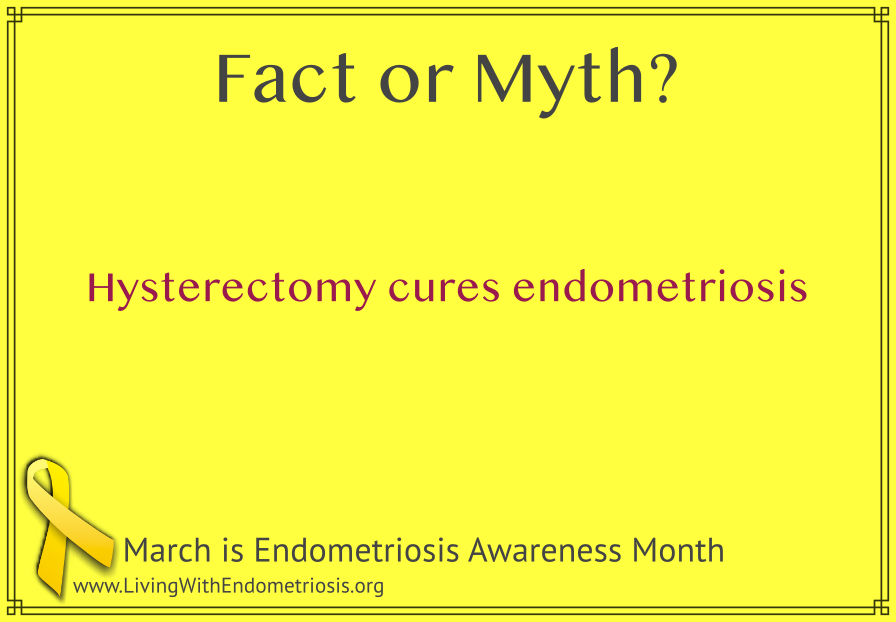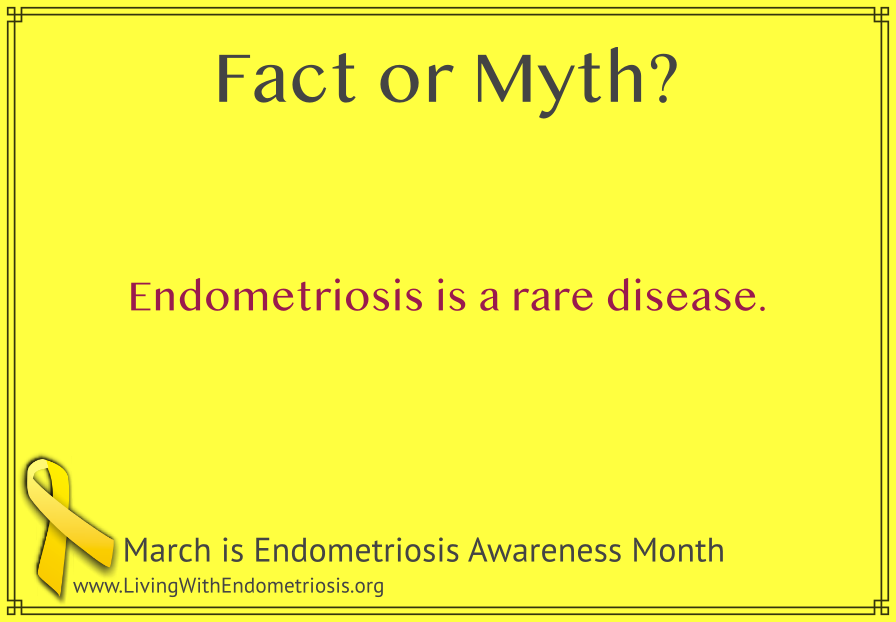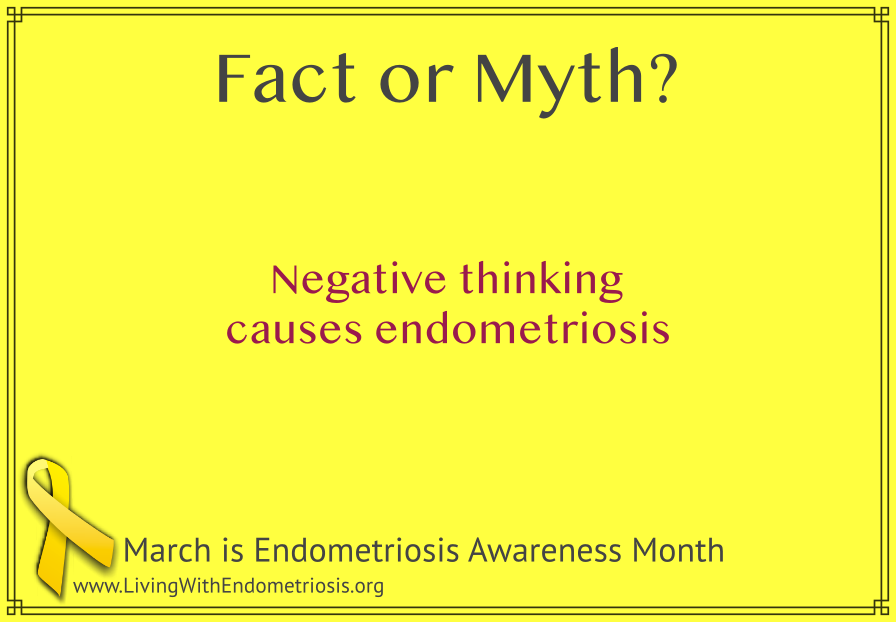I have updated information on two pages on this site – Support and Endo Organisations – which are always found in the header bar above.
And I have updated the Organisations sidebar on the right of this page which contains the same information as the Organisations page itself.
